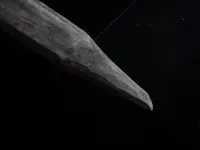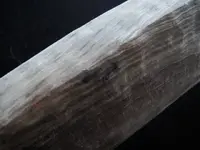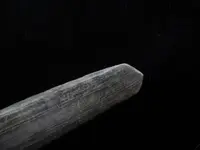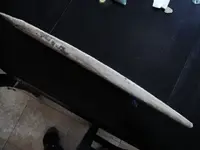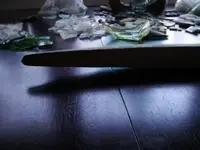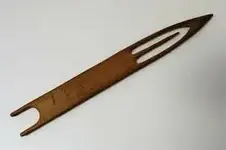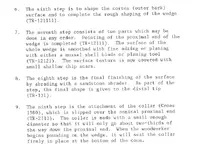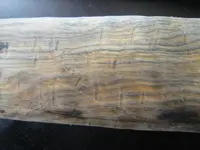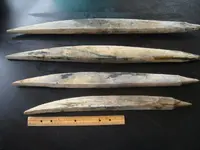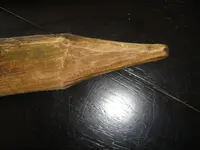unclemac
Gold Member
- Joined
- Oct 12, 2011
- Messages
- 7,446
- Reaction score
- 7,855
- Golden Thread
- 0
- Primary Interest:
- Beach & Shallow Water Hunting
This is the 5th one I have found at the same coastal site. PNW. They are local spruce, hand formed with an adz, and show no signs of wear. One end is whittled down as a peg to fit in a hole, the other end has what looks to be a decorative point. This one is a bit over 2 feet, others are similar or a bit smaller. 4 were found together, this latest one by itself. It is also interesting that they are not perfectly symmetrical, but are made with a purposeful bow and do not lay flat...notice how they lift off the table on the ends. They do NOT have to be strictly NA, the site was in continuous use from pre-contact to first settlement. I actually know the family that made the first claim in the 1860's, they are married into the local Chinooks BUT the pre-contact site MAY be Athabaskan based on certain other artifacts found there. Any ideas welcome.
Amazon Forum Fav 👍
Attachments
Upvote
2



